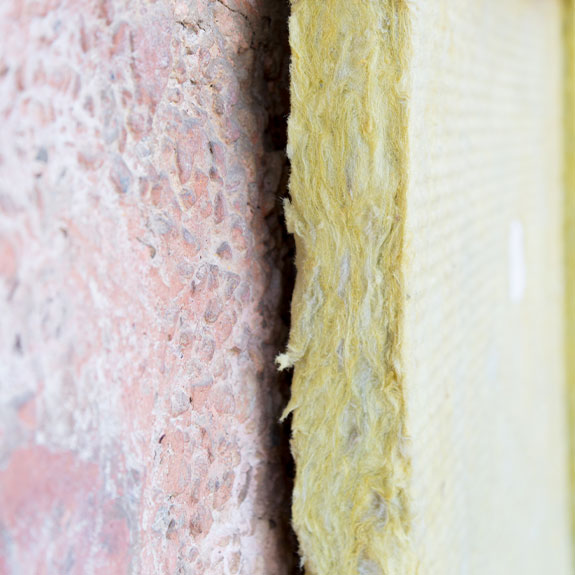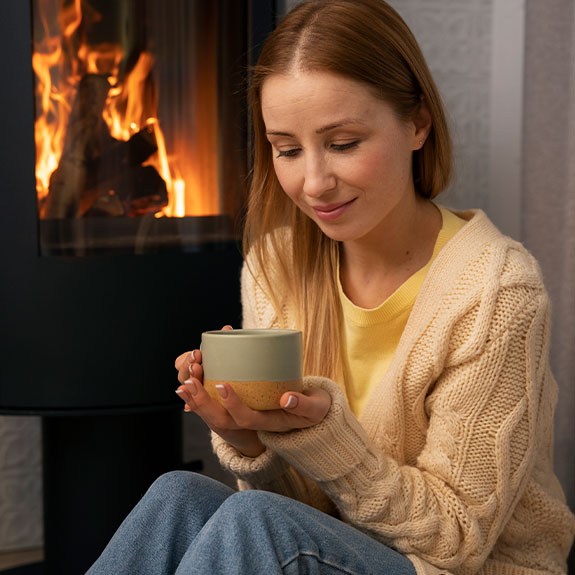Is your house cold in winter and too hot in summer? This may be due to a lack of thermal insulation. Good insulation not only reduces energy consumption, but also improves comfort and prevents moisture problems.
In this article we explain what thermal insulation is, its benefits and how to apply it in your home with effective solutions and suitable materials.
What is thermal insulation?
Thermal insulation is the set of materials and techniques used to reduce heat transfer between the inside and outside of a home. Its main objective is to maintain a stable temperature in the home, preventing cold or heat from penetrating through ceilings, walls, windows or floors.
How does thermal insulation work?
Thermal insulation materials act as a barrier against heat loss in winter and heat gain in summer. They work by trapping air in their structure or by reflecting thermal radiation, thus minimizing temperature exchange.
Benefits of thermal insulation in the home
- Energy savings: Reduces heating and air conditioning consumption by up to 50%.
- Greater thermal comfort: Maintains a stable temperature throughout the year.
- Less humidity and mold: Prevents condensation on walls and ceilings.
- Acoustic insulation: Many thermal materials also absorb external noise.
- Sustainability: Reduces CO₂ emissions, helping the environment.
- Home appreciation: A well-insulated home has a higher value in the real estate market.

Types of thermal insulators according to their material
- Minerals: Rock wool, glass wool.
- Synthetics: Expanded polystyrene (EPS), extruded polystyrene (XPS), polyurethane.
- Vegetables: Cork, cellulose, wood fiber.
- Reflective: Multi-layer aluminum foils.
Types of thermal insulation according to the area of application
- Façades: SATE systems, interior wall cladding, foam injection.
- Roofs and decks: Insulating panels, projected polyurethane.
- Floors: Insulating bases, floating floors.
- Doors and windows: Thermal break windows, weather stripping, thermal blinds.
How to improve thermal insulation at home
Wall and facade insulation
Walls are one of the main routes of heat loss. Some options to improve their insulation are:
- SATE (Exterior Thermal Insulation System): Insulating boards are installed on the facade, coated with mortar.
- Gypsum plasterboard walls: A metal structure with insulation is placed inside the house.
- Foam or cellulose injection: Insulating material is injected into the air chambers of the walls.

Roof and ceiling insulation
- Extruded polystyrene (XPS): Strong and suitable for walkable roofs.
- Mineral wool: Flexible and easy to install in interior ceilings.
- Reflective insulation: Ideal for attics or low ceilings.
Floor insulation
- Insulating underlayment under floorboards or laminate flooring.
- Reflective sheeting on cold soils.
- Injection of insulation in floors with air chambers.
How to improve window and door insulation
- PVC or aluminum windows with thermal break.
- Double or triple glazing with air chamber.
- Weatherstripping on doors and windows to prevent air infiltration.
- Insulation in shutter boxes.
Factors to consider before insulating your home
- Climate of your area: In cold areas, prioritize materials with high thermal resistance.
- Budget: There are inexpensive options such as weather-stripping and more expensive options such as weather-stripping.
- Type of house: Insulating an apartment is not the same as insulating a single-family house.
- Material compatibility: Not all insulators are suitable for all structures.

Thermal insulation is key to an efficient and comfortable home. By applying the right solutions in walls, ceilings, floors and windows, you can reduce costs and improve the quality of life.
At Paratureforma you will find the best materials to improve the insulation of your home, start today and save energy!
What is the best thermal insulation for a house?
It depends on the area to be insulated. For facades, SATE; for roofs, mineral wool; for floors, insulating underlayment.
How much does it cost to insulate a house?
From €1,500 for basic solutions to more than €6,000 for complete systems.
Is thermal insulation environmentally friendly?
Yes, because it reduces energy consumption and there are sustainable options such as cellulose or projected cork.


